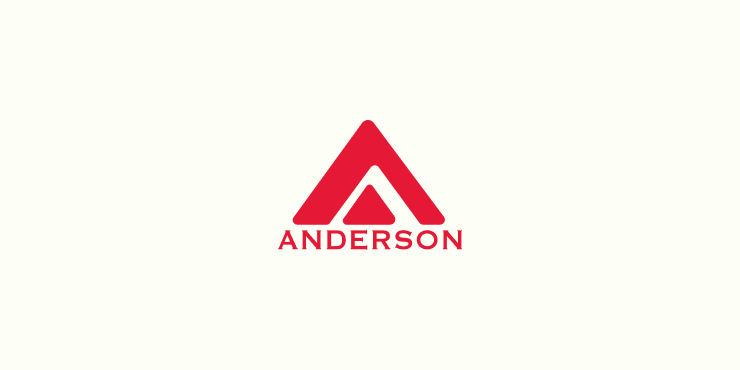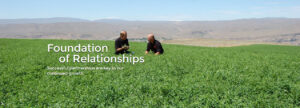 Going Global (Part I)
Going Global (Part I)
Anderson Hay had made a clear name for itself through relentless attention to delivering a quality product. The company was a brilliant promoter of high quality Washington State Timothy Hay.
Its sales to some of the most valuable winning race horses attracted attention from potential customers far beyond anything originally dreamed.
THROUGHOUT THE 1960S, RON ANDERSON WAS WORKING HIS SPECIAL SALES magic with the many customers he came in contact with.
It didn’t hurt that the quality of the products he sold was so good. The timothy and alfalfa was as good as it could get and the customers knew it.
Often times, new customers would seek him out. But Ron was not prepared for what happened at the start of the 1970s. He had been flying, piloting his own Cessna 180 from client to client all over the west coast, Canada and increasingly to the eastern part of the nation.
Kittitas Valley Timothy Hay was known far and wide, and when Kentucky Derby horses won their races, it was most likely that they were fed timothy grown in Washington and sold to their owners by Anderson Hay. That set the stage for one of the legendary inquiries Anderson Hay received.
Enter the Japanese
“I had a friend with a U.S. trading company in San Francisco who called me one day to tell me that he had received an order from a Japanese trading company located in New York,” Ron says. “They wanted 200 tons of timothy, and they wanted to know if we could ship it to Japan!”
It was 1971, and that would become a landmark year for Anderson Hay.

Astonished, Ron answered the caller, “Sure we could do that.” Then when he hung up the phone, Ron settled down to figure out not only if they could do that, but how.
The source of the order was a wealthy syndicate of Japanese investors who had been buying winning race horses starting in the late 1960s. Long enamored with the Kentucky Derby, and the entire horse breeding culture centered in rural Kentucky, the Japanese investors eventually started attending the periodic Keeneland Association thoroughbred horse sales in Lexington, Kentucky.
There, they purchased a number of winning horses. In their negotiations, they also wanted to know exactly what the horses ate. Most of the winners were fed a diet containing a healthy supply of Washington State timothy, most of which was supplied by Anderson Hay.
The Japanese were quite familiar with timothy hay, and for years had grown large quantities of it on Hokkaido, near the city of Sapporo and on Kyushu Island. Timothy hay was grown and used as the main forage for Japanese dairy cattle and horses. But when the Japanese investors and horse aficionados came to Louisville, they were taken aback by the superior quality and appearance of the timothy being fed to the race horses.
“Our hay always had a most beautiful color,” Ron Anderson says. The Japanese were immediately captivated by the green color of the timothy and were particularly amazed by the length of time that the Washington State hay kept that attractive verdant hue. It is something special about the Kittitas Valley and Columbia Basin weather that makes it so. Not even other North American hay grown in Wisconsin, Michigan and Illinois could compete on the color basis alone.
We do not know if horses have a particular affinity for the color of the timothy. But we do know that they like to munch on it and since the Japanese clients liked the color, an opportunity was born.
This is Part I of an educational series published by Anderson Hay. Read Part II, “Going Global: Overcoming Obstacles Exporting Timothy Hay” on the Race Horse and Timothy Hay Blog.


